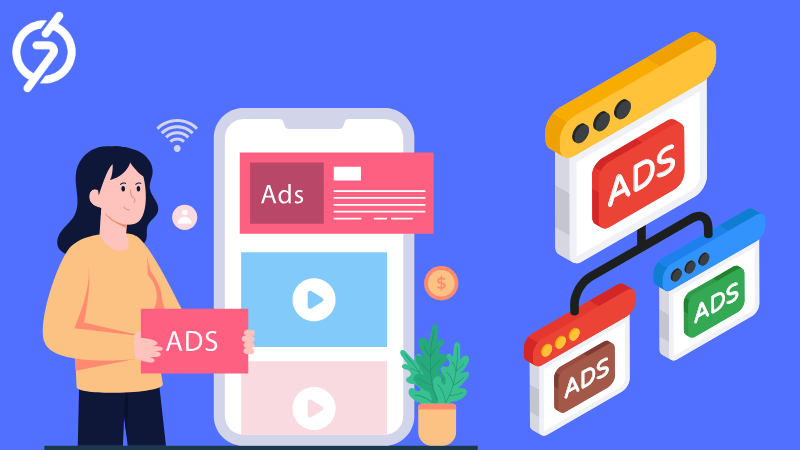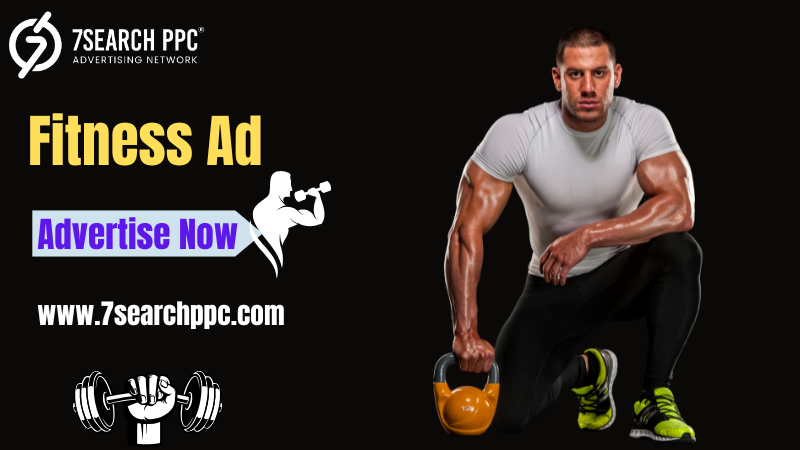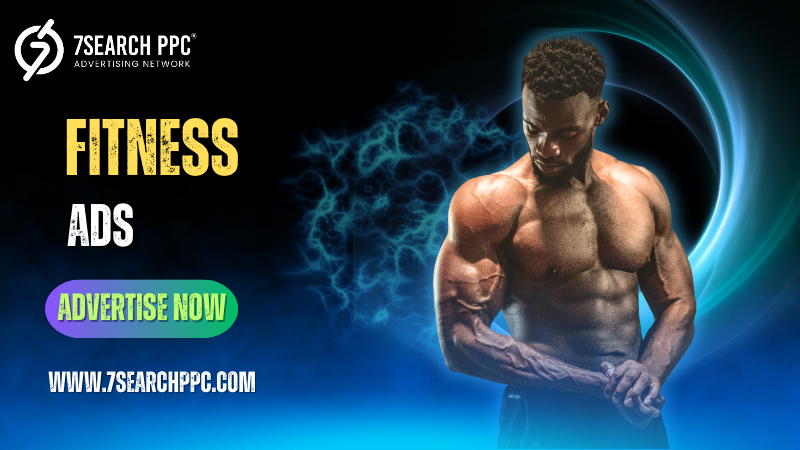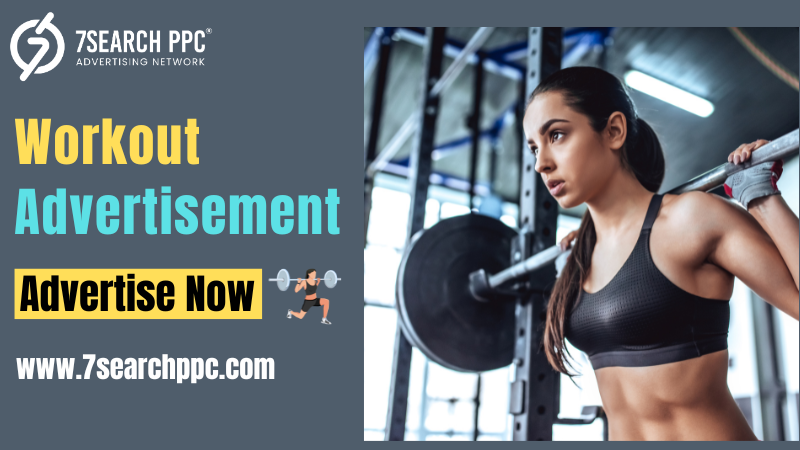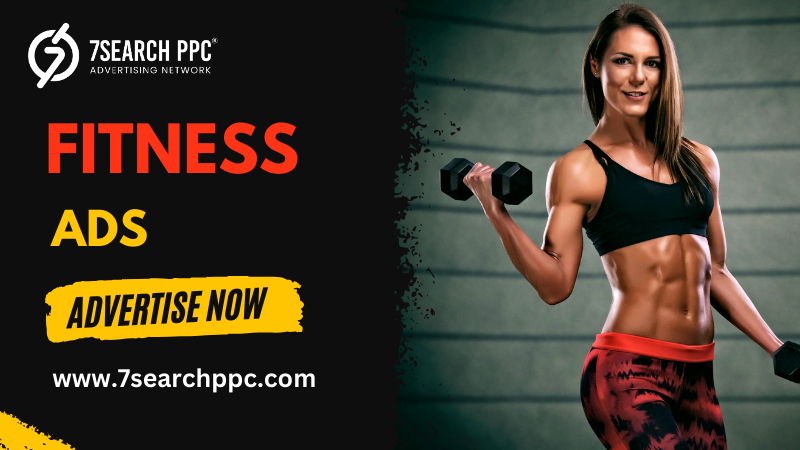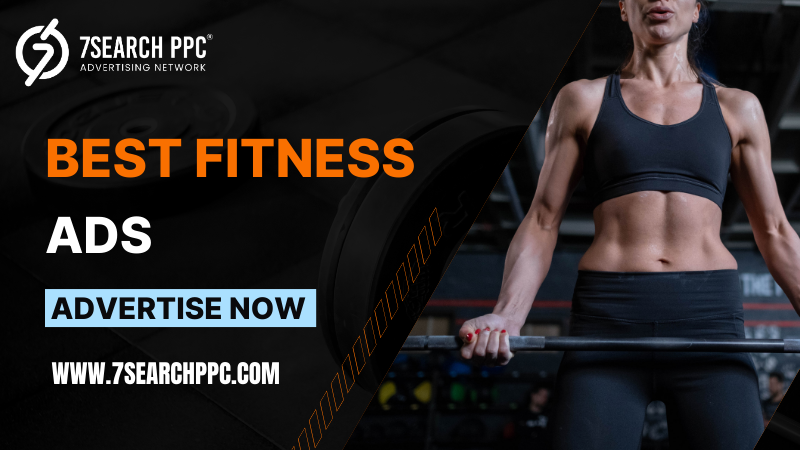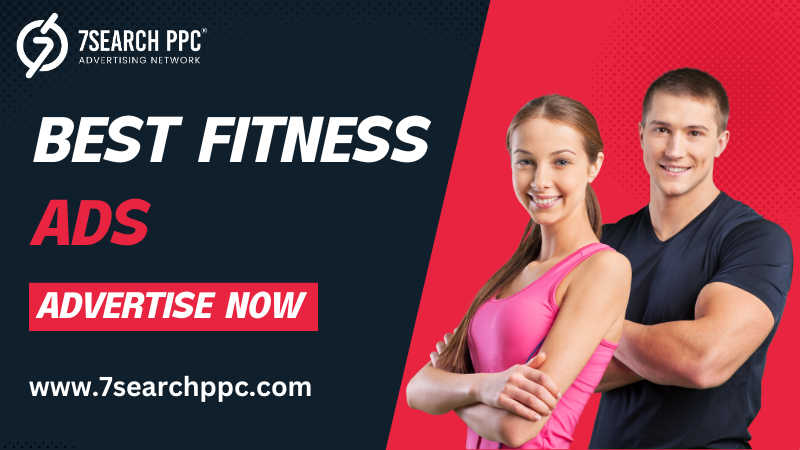When running fitness ads, selecting the right platforms can significantly impact your reach and conversion rates. Here are some of the best platforms for running effective fitness ads:

7Search PPC
Why: For those using 7Search PPC, the platform allows you to target a broad range of audience interests across various niche segments, including fitness. It's ideal for driving traffic to fitness-related landing pages or promotions.
Best for: Local or niche-targeted fitness promotions, with flexible bidding options for high-converting ads.
Ad Types: Text and banner ads.
By leveraging these platforms, fitness brands can maximize their reach, engage with their target audience, and drive conversions through strategic ad placements.
Facebook/Instagram
Why: Facebook and Instagram are two of the most popular platforms for fitness ads due to their highly targeted advertising capabilities. You can target users based on their interests, demographics, and behaviors, including people interested in health and fitness.
Best for: Visual content like workout videos, transformation stories, and fitness product promotions. Instagram is especially useful for visually engaging content like workout tutorials or fitness influencer collaborations.
Ad Types: Carousel ads, video ads, and story ads.
YouTube
Why: YouTube is the go-to platform for fitness-related video content. It has a large, dedicated fitness audience searching for workout routines, fitness tips, and motivational videos.
Best for: Video ads showcasing workouts, product demos, fitness challenges, or influencer partnerships.
Ad Types: Skippable and non-skippable video ads, bumper ads, and sponsored content.
Google Ads
Why: Google Ads (including Google Display Network) can help you reach potential customers through search ads and display ads. Google search ads are particularly powerful when targeting users who are actively searching for fitness-related products, services, or solutions.
Best for: Targeting specific keywords related to fitness, such as "best workout equipment" or "fitness classes near me."
Ad Types: Search ads, display ads, and video ads on YouTube.
TikTok
Why: TikTok’s engaging short-form video content is ideal for fitness brands looking to tap into a younger audience. The platform's algorithm helps videos go viral, even if you have a small following.
Best for: Creating fun, viral fitness challenges, quick workout tips, or influencer partnerships to reach a larger audience.
Ad Types: In-feed ads, branded hashtag challenges, and sponsored content.
Pinterest
Why: Pinterest is a visual discovery platform used by many people to find inspiration for workouts, fitness tips, and healthy living. Users actively search for fitness content to guide their health and wellness journeys.
Best for: Lifestyle and fitness inspiration, workout plans, and healthy recipes.
Ad Types: Promoted Pins, video pins, and carousel ads.
Snapchat
Why: Snapchat has a younger user base, which can be valuable for fitness brands targeting Gen Z. It’s a great platform for creative and immersive video content.
Best for: Interactive fitness content, challenges, and brand activations that appeal to a younger demographic.
Ad Types: Snap Ads, Story Ads, and Sponsored Lenses.
LinkedIn
Why: Although LinkedIn is primarily a professional networking site, it can be effective for targeting corporate wellness programs or individuals seeking career-oriented fitness solutions, such as productivity-focused fitness routines or gym memberships.
Best for: Business-focused fitness solutions, like corporate gym memberships, wellness programs, or professional fitness coaching.
Ad Types: Sponsored content, InMail ads, and text ads.
